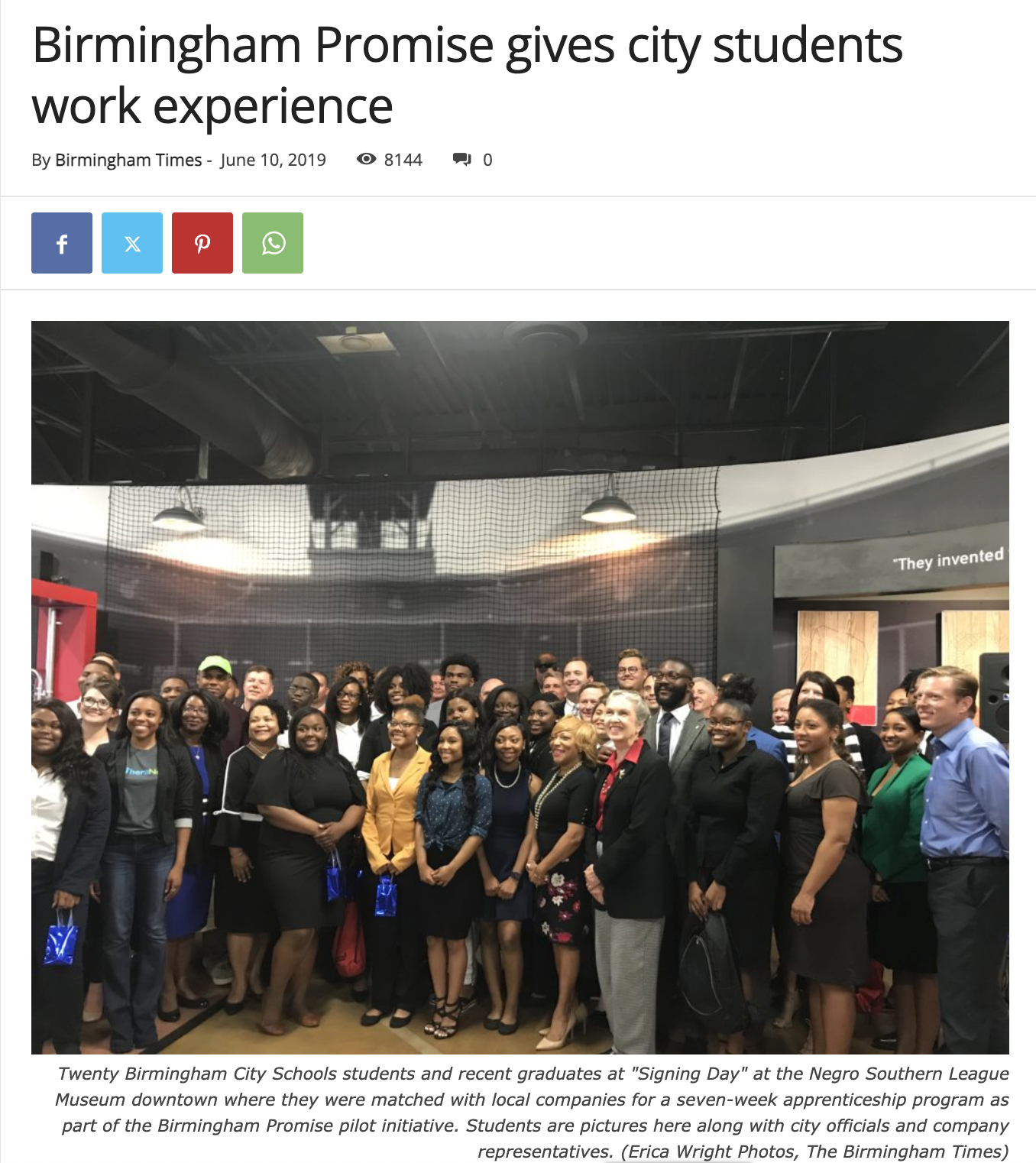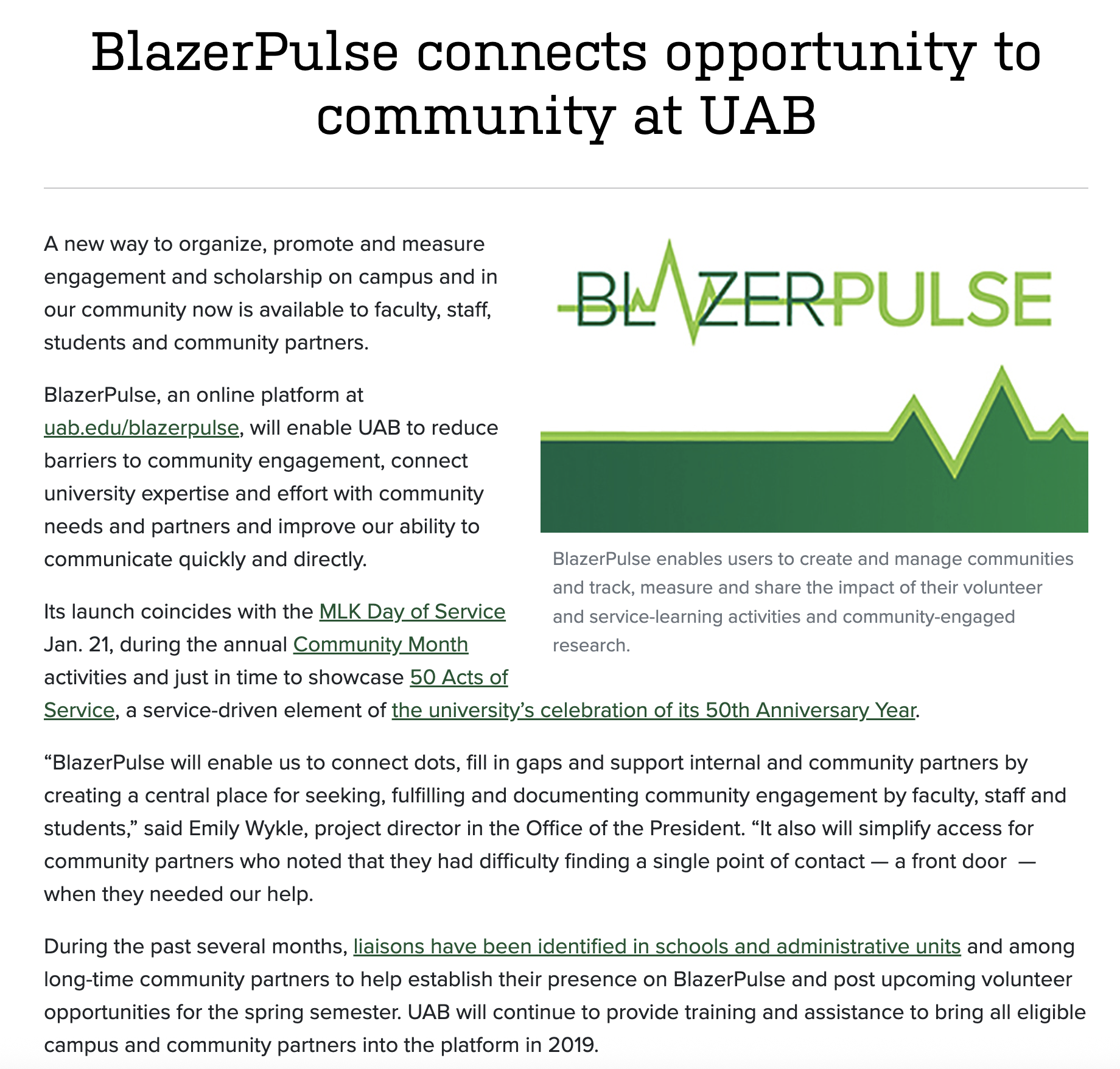Case Study Examples
Ten-Year Inclusive
Excellence Strategic Plan
IMPACT: Secured cabinet adoption and translated institutional mission into a resourced, measurable 10-year roadmap with clear ownership and accountability.
-
Organizational Context
The university faced growing pressure from stakeholders to demonstrate measurable DEI progress, yet lacked a defensible long-range plan aligned to strategic priorities and operational realities. Previous DEI attempts were siloed, under-resourced, disconnected, and lacked semantic interoperability in institutional planning.Strategic Challenge
Absence of common language across 12 schools and 40+ administrative units prevented coordinated action. Weak sustainability mechanisms meant initiatives launched but rarely scaled. No clear accountability for outcomes or resource allocation framework. -
Designed modular strategy architecture: Convened cross-unit strategy sprints to align mission, metrics, and multi-year resource commitments across academic and administrative portfolios
Built accountability infrastructure: Created workstreams with explicit KPIs, developed an user feedback loop, installed executive owners, and created three-year rolling roadmaps tied to unit performance
Integrated into budgeting cadence: Embedded DEI KPIs into annual unit planning cycles and budget review protocols, ensuring sustained resource allocation
-
Annual reduction cost and improved internal operation consistency over three years for strategic initiatives, grant development, and annual reporting
10-year plan adopted by presidential cabinet, faculty, and staff senate
100% of all units integrated DEI objectives into annual planning within 3 months
12 cross-functional teams launched with clear owners, budgets, and quarterly review cadence
Aggregated Data-Driven Decision & Accountability Platform
IMPACT: Transformed manual 200+ hour quarterly reporting into real-time executive dashboards, reducing cycle time 60% while embedding DEI metrics into institutional governance.
-
Organizational Context
A major public research university was spending 200+ staff hours per quarter manually compiling DEI reports. Yet, executive leadership lacked real-time visibility to identify gaps, set targets, or measure systemic change. Annual compliance reporting was becoming a resource drain with no strategic return.Strategic Challenge
Fragmented data systems prevented timely decision-making. Manual reporting cycles delayed interventions by 4-6 months. Without standardized metrics and accountability mechanisms, DEI efforts risked remaining symbolic rather than operational. -
Architected enterprise data infrastructure: Conducted cross-unit listening tour to surface analytic requirements, then designed single-source DEI data model with role-based access controls aligned to decision rights
Embedded metrics into governance cadence: Integrated dashboard KPIs into annual planning cycles, leadership scorecards, and shared governance review protocols
Built accountability architecture: Created decision protocols linking real-time data to hiring committees, promotion reviews, and resource allocation
-
60% reduction in annual report preparation time (240 hours saved annually)
Real-time visibility for 50+ executive leaders and unit heads
8 academic units adopted DEI metrics in hiring and promotion reviews within 6 months
Standardized reporting enabled year-over-year trend analysis for first time
IMPACT: Placed 100+ students in paid career-track internships, generating $1M+ wages, with 68% conversion to full-time employment, by building a scalable employer partnership model.
Workforce Pathways to Upward Mobility
-
Organizational Context
87% of local students graduated with zero paid work experience, limiting career access and reinforcing economic immobility. Regional employers faced talent pipeline gaps and lacked direct connections to diverse local talent, despite stated hiring commitments. Traditional unpaid internships excluded students with financial constraints.Strategic Challenge
No scalable model existed connecting students to paid, career-track opportunities. Employer engagement was transactional and inconsistent. Lack of outcome tracking prevented demonstrating ROI to sustain and expand funding. -
Built employer-aligned pipeline infrastructure: Designed scalable work-based learning model as a summer initiative, structured mentorship, and formalized employer commitments with onboarding protocols and feedback loops
Prioritized fair placement: Created selection criteria ensuring placement opportunities were available for all students within the BCS system
Tracked wage and career outcomes: Implemented longitudinal tracking of wages earned and employer conversion to demonstrate program ROI and inform continuous improvement
-
100+ students placed in paid career-track internships across 65+ employers
Employer retention: 100% of employers returned for additional intern cohorts; average of 2.5 interns per employer over three years
Public-private funding: Sustained multi-million annual funding through employer contributions and city allocated budget
The HOME Project: Coordinated Systems Approach to Addressing Homelessness
IMPACT: Positioned housing instability as a measurable $47M annual regional cost, designed data-driven governance linking health, education, and workforce outcomes to unlock new funding streams.
-
Organizational Context
The H.O.M.E. Project was initiated in response UAB’s Grand Challenge to addressing Birmingham's homelessness crisis, where 1,092 individuals were counted as homeless in 2017. The initiative built upon One Roof's existing Coordinated System Approach by mobilizing UAB's institutional resources alongside an extensive network of over 40 partners, including healthcare providers, educational institutions, faith-based organizations, civil rights groups, and government agencies across Birmingham and surrounding Jefferson, St. Clair, and Shelby Counties.Strategic Challenge
Birmingham faced a costly and inefficient approach to homelessness, spending $35,000-$150,000 annually per person on emergency services while traditional housing solutions cost between $16,829-$32,557 per person. Despite previous attempts, public-private partnerships and the absence of shared measurement prevented evidence-based resource allocation. Service providers operated in silos without visibility into system-level gaps or impact. No data infrastructure existed to adequately track targeted populations, interventions, test policy scenarios, or measure impact and ROI. -
Enhanced Coordination: Developed a comprehensive communication system connecting partners across UAB and surrounding communities, enabling coordinated data sharing, assessment tracking, and both responsive and preventive interventions across the service network
Innovative Housing Solutions: Explored low-cost, energy-efficient alternatives including 3D-printed homes (constructible for $4,000 in 24 hours) and tiny homes, representing dramatic cost reductions compared to traditional emergency services and shelter systems. Tiny home communities will so aide in knowing where to facilitate services and resources to enhance holistic support
Research-Driven Capacity Building: Leveraged UAB's multidisciplinary academic expertise from medicine, public health, social work, and engineering to improve services through evidence-based research, training programs, and policy development—creating scalable models for other cities while building capacity across service providers
-
Note: These are initial outcomes. The H.O.M.E. Project anticipated significant measurable impacts based on evidence from similar housing interventions:
Cost Reduction: Rapid re-housing programs demonstrated average costs of $6,578 per person, compared to $16,829 for emergency shelter, $18,821 for permanent subsidy, and $32,557 for transitional housing. This represented potential savings of 60-80% compared to maintaining individuals in shelter systems
Healthcare Savings: Providing housing was projected to reduce healthcare costs by 59%, decrease emergency department utilization by 61%, and reduce general inpatient hospitalizations by 77%, creating substantial savings for the healthcare system while improving individual health outcomes
Scalable Model: By documenting research findings and best practices, the project aimed to create replicable models that could be upscaled to improve homelessness intervention systems in other cities, multiplying the impact beyond Birmingham
Systems Integration: The enhanced coordinated approach enabled better data collection, assessment, and tracking, providing a more accurate understanding of homelessness patterns and improving resource allocation and intervention effectiveness across the entire service network
IMPACT: Eliminated 30% operational redundancies across a fragmented multi-sector partnership, unlocking $4.2M for program reinvestment and establishing durable governance for sustained agility.
Cross-Sector Transformation & Resilience
-
Organizational Context
UAB launched BlazerPulse in January 2019 as a centralized online platform connecting students, faculty, staff, and community partners across Birmingham. Developed through the Office of the President, the platform serves as the university's hub for organizing, promoting, and measuring community impact across volunteer activities, service-learning courses, and community-engaged research initiatives.Strategic Challenge
Before BlazerPulse, UAB's community engagement efforts were fragmented across departments and student organizations with no centralized system to discover opportunities, coordinate efforts, or measure collective impact. Faculty managing service-learning courses faced administrative burdens, community partners struggled to connect with university resources, and the institution lacked data to demonstrate its full community engagement scope which limited strategic planning, funding opportunities, and cross-campus collaboration. -
Centralized Engagement Hub: Created a single online platform where students, faculty, staff, and community partners can discover, post, and register for volunteer opportunities, service projects, and community-engaged research initiatives, eliminating barriers to participation and reducing duplication of efforts
Impact Measurement System: Built tracking capabilities that enable users to log volunteer hours, measure outcomes, and quantify the university's collective community impact, providing data-driven insights for reporting, strategic planning, and demonstrating institutional effectiveness
Service-Learning Integration: Integrated the platform with academic courses to streamline service-learning coordination, allowing faculty to manage student placements, track participation, and assess learning outcomes while strengthening partnerships with community organizations
Community Partnership Network: Enabled community organizations to create profiles, post opportunities, and directly connect with university volunteers and expertise, fostering reciprocal relationships and ensuring community needs drive engagement activities
-
Volunteer Mobilization: Nearly 40,000 volunteer hours committed to community service in 2019, demonstrating the platform's effectiveness in mobilizing the university community and quantifying institutional impact
Operational Efficiency: Streamlined coordination reduced administrative burden for faculty, enabled direct communication between community partners and volunteers, and eliminated duplication of efforts across departments
Strategic Infrastructure: Created a searchable database of engagement opportunities and established a framework for tracking long-term partnerships, enabling data-driven strategic planning and supporting UAB's mission as an anchor institution in Birmingham
Learning & Talent Management
IMPACT: Redesigned fragmented training into a scalable talent infrastructure, achieving 40% higher participation while reducing per-learner cost by 30% and linking development to promotion pathways.
-
Business Context
The institution spent $180K annually on outsourced DEI training with inconsistent quality, low completion rates (avg. 23%), and no integration into talent management or succession planning. Leadership development was disconnected from institutional competency models.Strategic Challenge
Training operated as compliance theater rather than talent investment. Lack of customization, scalability, and connection to career progression meant limited behavior change and poor ROI on development spend. -
Built modular learning architecture: Designed competency-mapped course catalog and microlearning bundles aligned to customized leadership frameworks, replacing vendor-dependent model
Implemented cohort-driven model: Created opt-in approach with internal facilitators and curated external partners, allowing customization and rapid content refresh
Integrated Learning Experience: Designed a unified interface that seamlessly blends digital and physical learning environments. Personalized dashboards enable learners to access online coursework alongside in-person engagement opportunities such as workshops, networking events, and experiential learning activities, creating a holistic view of their educational journey.
Linked to talent decisions: Integrated completion into development plans, promotion readiness assessments, and succession conversations
-
40% increase in participation rates (35% → 49% completion)
$50K reduction in annual costs
Higher satisfaction scores: 4.2 → 4.85 out of 5.0 on content relevance and usefulness
Scalable content: Internal facilitation model enabled 3x course offerings (including trainer the trainer modules) without proportional cost increase
Train-the-Trainer Cohort Development: Launched Dig DEEP (Dialogue, Education, Engagement and Practice) in summer 2023, a three-day professional development series for employers focused on Inclusive Excellence content, curriculum, communication, and pedagogy. The program equipped employer facilitators with frameworks, best practices, and toolkits to expand their knowledge base and improve instruction, creating ready-to-implement course materials through collaborative learning and hands-on practice sessions.










